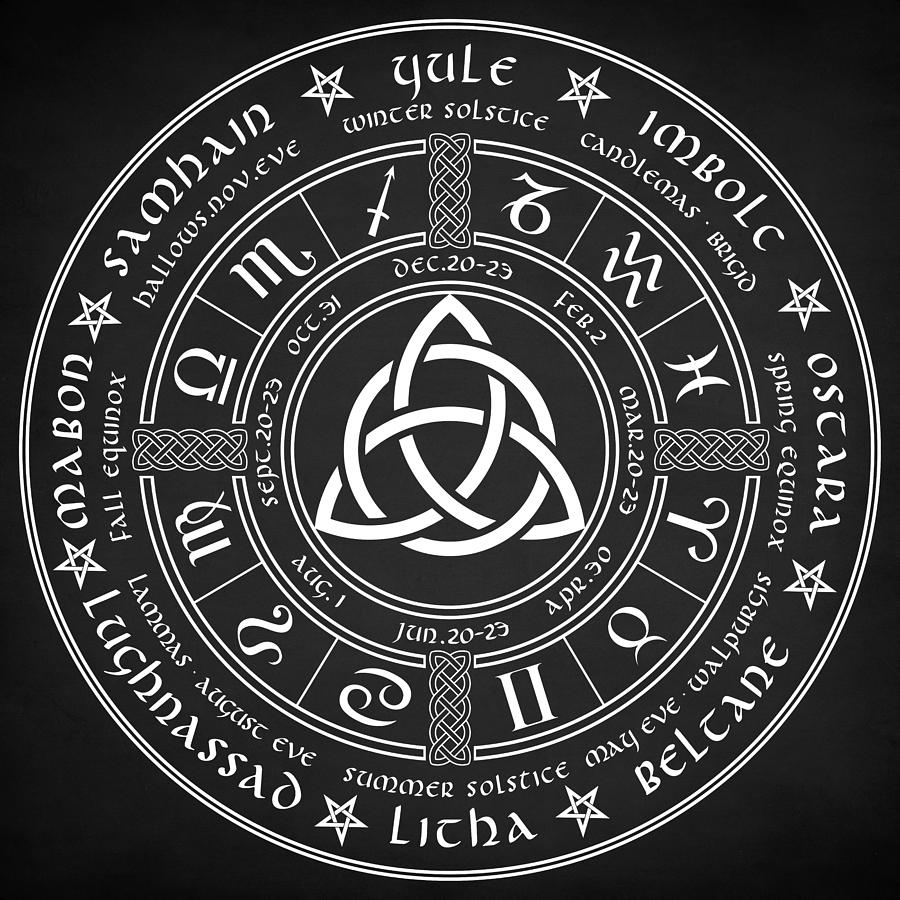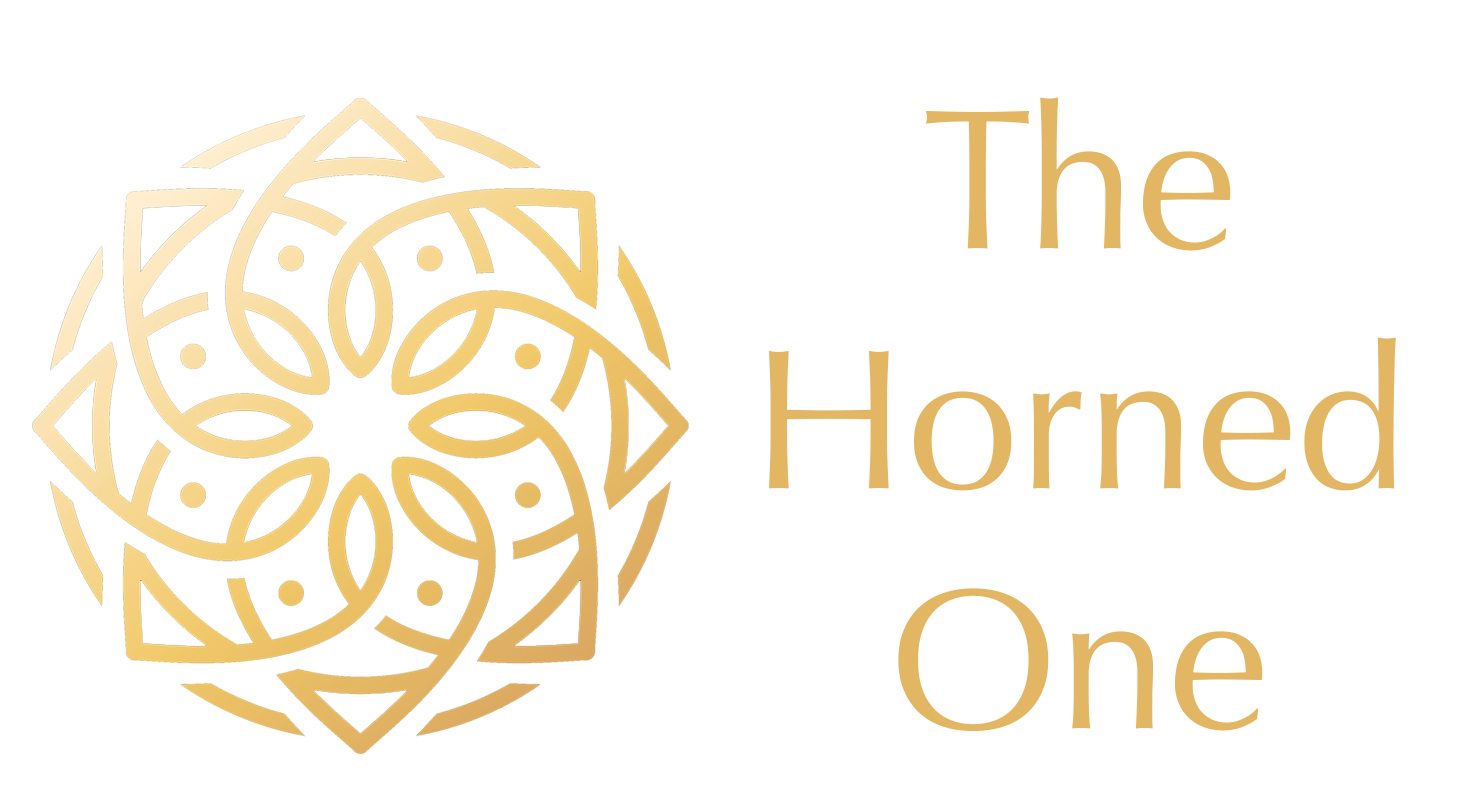Wheel of the Year
Ancient Celtic Holidays marked the Year into 8 seasons, all culminating in a Holiday that usually involved feasts and fires.

Most of these holidays have modern counterparts. Trying to decide on which oil to buy? Choose the one for the next holiday!
Samhain (October 31)
Samhain was the Celtic New Year and corresponds with our Halloween. The veil between the living and the dead is the thinnest at this time, and this festival is to celebrate our dead. Jack-o-lanterns and ghosts hung from the trees will hopefully scare off any ill-meaning spirits, but we welcome those we have lost to visit us and temp them to return with candy and homemade treats. Samhain is also the celebration of The Horned One, the God Cernunnos, god of the hunt, the forest, and fertility.
Yule (December 21)
Yule is the Winter Solstice. We move evergreens inside and light our yards and windows with lights to celebrate Beira the Queen of Winter. She is “the Crone” of the Triple Goddess. This the darkest night of the year and marks the beginning of Winter. Its time to feast and fill your belly with delicious food and libations. This holiday was replaced by Christmas on the Christian Calendar and also includes gift giving, especially to children.
Imbolc (February 2)
Imbolc was the celebration of the Goddess Brigid. She a beautiful fiery redhead. Brigid “The Exalted One” was the protector of women and children, Goddess of healing, fertility and motherhood. She is “the Maiden” of the Triple Goddess. Imbolc was replaced on the Christian Calendar with Candlemas and Brigid was replaced with the Virgin Mary for the Celebration.
Ostara (March 21)
Ostara falls on the Spring Equinox and celebrated the Goddess of the same name (sometimes spelled Eostre). Ostara was the Goddess of Fertility and Rebirth. Her symbols were bunnies and eggs, and she was often depicted holding a basket with these things in it. She is also “the Mother” of the Triple Goddess. Flowers and greenery and other symbols of Spring also accompanied this beautiful Goddess. Ostara was replaced by Easter on the Christian Calendar.
Beltane (April 30)
Beltane is the First day of Summer and celebrated “The Shining God” Belenus. This festival is a time of thinning of the barrier between this life and the next, so ghosts and spirits may be prevalent, as on the opposing holiday on the wheel, Samhain. Bonfires are a staple of this Ancient version of “May Day”.
Litha (June 21)
Litha falls on the Summer Solstice and celebrated the Sun Goddess Sulis. Dancing and Handfasting is part of the tradition of this Midsummer Festival. The Summer Solstice is the longest day of the year and opposes Yule, which is the longest night.
Lammas (August 1)
Lammas or Lughnassad is the Harvest Festival. Lammas indicates the end of summer and celebrated Lugh, the Craftsman God. This festival is specifically related to harvesting grain, so the celebration has a lot to do with making and sharing homemade breads.
Mabon (September 21)
Mabon is the Fall Equinox and the last holiday on the ancient Celtic calendar. Mabon celebrates the Morrigan. She is the Goddess of war, destruction, death, and transformation. This holiday marks the beginning of the night getting longer and the weather getting cooler. Wine is a big part of this celebration, warming your insides to prepare for the coming fall.
